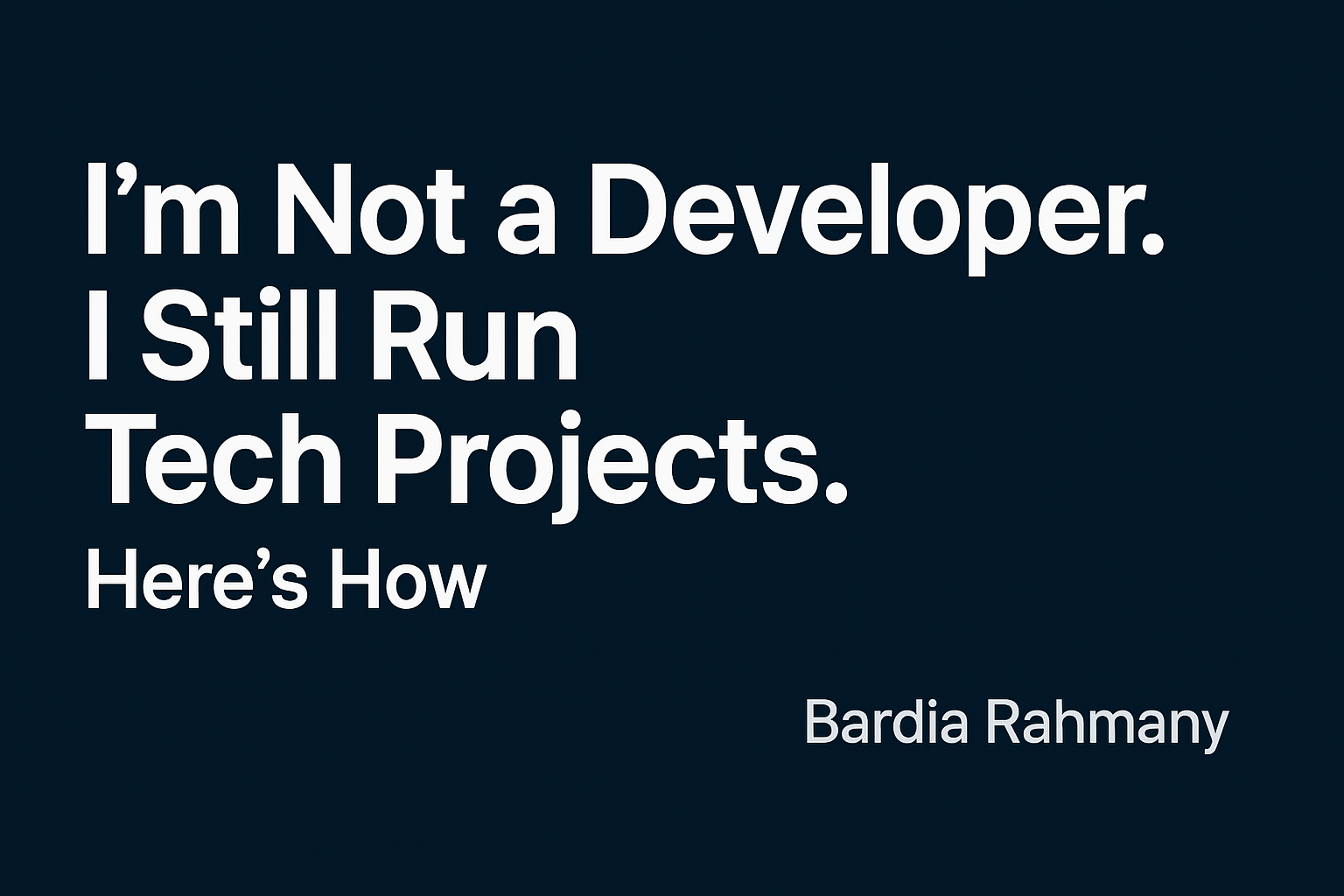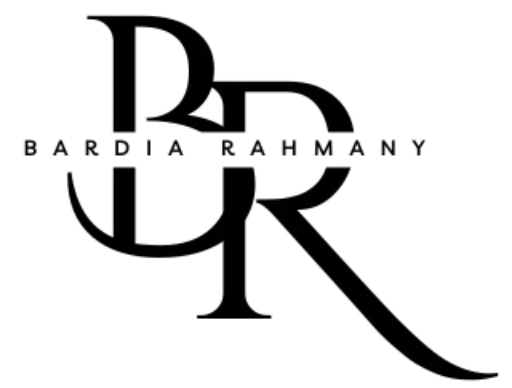
I’m Not a Developer. I Still Run Tech Projects. Here’s How.
Let me say this upfront:
I can’t write a single line of production-ready code.
And yet, I’ve led teams building real products. I’ve shipped web platforms, launched integrations, and built systems that work across multiple platforms — without ever opening a code editor.
So how?
The short answer: I think like a founder, not a developer.
The long answer? That’s what this article is about.
Whether you’re a non-technical entrepreneur, a first-time founder, or someone leading a product team from the outside, this is how I run tech projects — without touching code.
1. I Don’t Pretend to Know What I Don’t Know
This is where most people mess up.
They try to impress developers by throwing around terms they saw on Twitter — like “microservices” or “GraphQL” — without really understanding what they mean.
I do the opposite.
I stay in my lane. I ask questions. I make developers feel like experts — not like they’re explaining stuff to a boss who secretly resents them.
That creates trust. And trust gets things done.
2. I Focus on Outcomes, Not Code
When I start a project, I don’t ask:
“What should we build with?”
I ask:
- What’s the problem we’re solving?
- What’s the simplest version of the solution that works?
- How will we measure success?
That’s the real job of a founder — to hold the outcome in focus while the team figures out the best way to get there.
Whether it’s Vue.js, React, or something else, I leave the stack to the experts. My job is to make sure the end result moves the business forward.
3. I Document Like a Maniac
This might sound boring, but it’s a game changer.
Before I bring in any developer or designer, I sit down and write a mini-product brief. Nothing fancy — just raw notes that clarify:
- The user journey
- Key features (must-have vs. nice-to-have)
- Basic wireframes or screenshots
- Expected integrations (Stripe, Directus, whatever)
- Success criteria
- Timeline or milestones
If it’s something visual, I use tools like Figma (even the free version works), or I just sketch on paper and take a photo.
Clarity beats perfection. Every time.
4. I Speak Developer-ish
Over time, I’ve learned to speak “dev” just enough to not get lost.
I don’t need to know how to write an API — but I do understand what it is, how REST differs from GraphQL, or how frontend and backend work together.
If a developer says, “This part will be async and handled via a queue,” I don’t go blank.
That kind of shared vocabulary builds momentum — because it means fewer misunderstandings, faster decisions, and less back-and-forth.
5. I Build Teams That Talk to Each Other
This might sound obvious, but you’d be surprised how many projects die because one person was waiting on another… for two weeks.
So I make sure:
- Devs are in the same Slack channel as designers
- Tasks live in Notion or Trello, not in someone’s head
- We do short, structured standups (even async)
- No one works in a silo
If I notice someone’s stuck or unsure, I step in — not to micromanage, but to unblock.
Sometimes, that means helping with a Stripe dashboard. Sometimes it means rewriting unclear copy. Whatever moves us forward.
6. I Use the Right Tools (No-Code & Low-Code)
When I want to test an idea, I don’t start with a developer. I start with:
- Airtable for databases
- Zapier or Make for automation
- Framer or Typedream for landing pages
- Directus CMS for structured content (like on sovrano.org)
- Notion for docs and planning
This saves dev time and shows that I respect their bandwidth — which in turn makes them more likely to go all-in when we actually need their help.
7. I Work With Tech Partners Who Get It
Right now, I’m building several things — from Web3 apps (like BLM Swap) to e-commerce projects — and I always choose devs and agencies who:
- Ask questions
- Offer better solutions
- Are willing to push back if something’s dumb (that’s a feature, not a bug)
I don’t hire “yes men.” I hire people who think.
8. I Stay Close to the Why
At every stage, I keep coming back to the question:
Why are we building this?
Because features are seductive. And scope creep is real.
But no one cares how fancy your backend is if it doesn’t solve a real problem.
That’s why I constantly remind my team:
“We’re not building for ourselves. We’re building for the customer.”
9. I’m OK With Not Being Technical
I used to feel insecure about not being a developer. Like I didn’t “deserve” to build things unless I could code them myself.
Now? I don’t care.
Because I know how to:
- Create value
- Communicate clearly
- Make decisions under pressure
- Rally a team around a vision
And that’s what a founder is supposed to do.
Final Thought: You Don’t Need to Code to Lead
The world’s best builders aren’t always the best programmers.
They’re the ones who:
- Know what matters
- Attract great talent
- Create momentum
- Deliver real outcomes
So no — I’m not a developer.
But I am a builder.
And that’s more than enough.
🖋️ Written by Bardia Rahmany — founder of My Parking in Sweden AB, builder of systems, observer of inefficiencies, and full-time executor of bold ideas.
🧠 Want help structuring your next tech project as a non-coder? Reach out here.

Leave a Reply